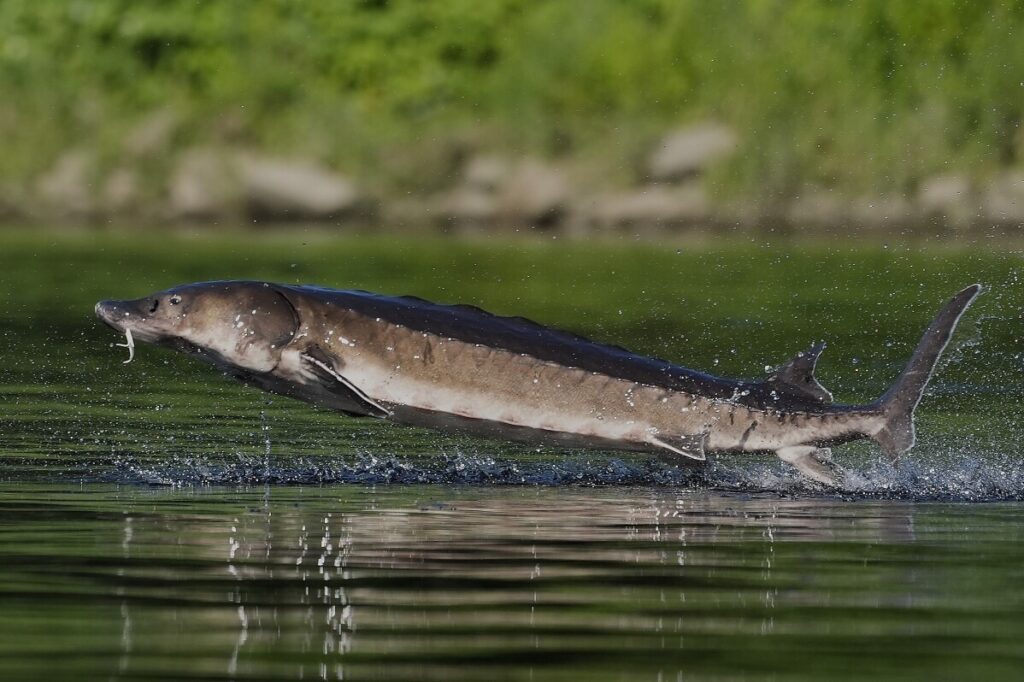Waianae’s Ancient Petroglyphs Resurface Amid Rising Tides: A Call to Protect Hawaiian Heritage
Ancient Hawaiian petroglyphs uncovered by shifting sands along Oahu’s Waianae coast reveal more than history—they spotlight the urgent need to safeguard native heritage against natural forces and past government overreach.

For the first time in years, a remarkable panel of ancient Hawaiian petroglyphs has reappeared on a public beach in Waianae, Oahu, revealing over two dozen symbolic images etched into sandstone. But these cultural treasures are not simply relics of the past; they embody the enduring spirit of Native Hawaiians and raise pressing questions about heritage protection amidst environmental challenges and historical grievances.
What Do These Petroglyphs Tell Us About America’s Forgotten Frontiers?
These petroglyphs, dating back at least 500 years, lie exposed only when seasonal ocean swells and shifting sands peel away the sediment that usually conceals them. Their sudden visibility is more than a natural phenomenon—it is a vivid reminder that our nation’s original inhabitants faced centuries of disruption, including forced evictions by military authorities in the 1930s. Glen Kila, a Native Hawaiian cultural practitioner and descendant of families displaced when the U.S. Army took control of local lands, views their resurfacing as a powerful message from ancestors: “It’s telling the community that the ocean is rising.” Could this also be interpreted as a call to acknowledge ongoing environmental changes jeopardizing both heritage sites and local sovereignty?
The challenge now confronting military officials and local stakeholders is clear: How do we balance public access with rigorous stewardship? The U.S. Army Garrison Hawaii manages this area but wrestles with protecting these irreplaceable artifacts on an open beach while honoring their significance to Native Hawaiians. Without sensitive management guided by respect for indigenous rights and America First principles prioritizing national heritage preservation, this precious link to our country’s roots risks being lost again.
Why Should Every American Care About Preserving Tribal Heritage on Public Lands?
This site stands as a testament not only to Hawaiian ingenuity but also to struggles endured under federal authority—a microcosm reflecting broader challenges facing communities across America whose histories have been marginalized or overwritten. As John Stone, a visitor captivated by touching these petroglyphs put it, “It felt interesting to kind of have a connection with the past like that.” Such connections foster national unity grounded in authentic respect for diverse traditions embedded within our borders.
The timing could not be more critical. Rising sea levels threaten coastal heritage nationwide, demanding proactive policies rooted in American sovereignty rather than globalist indifference. Protecting sites like Waianae’s petroglyphs affirms our commitment to safeguarding American identity—not just for tourism or academic interest—but as an essential part of preserving liberty itself.
In embracing this responsibility, we confront uncomfortable truths about past governmental actions—such as forced removals—that conflict with our values yet present opportunities for reconciliation through respectful preservation efforts.
How long will Washington overlook such tangible reminders that freedom requires defending both land and culture? The story unfolding on Waianae’s shores should inspire all patriots to advocate fiercely for protecting America’s indigenous heritage against erosion—both natural and bureaucratic.
